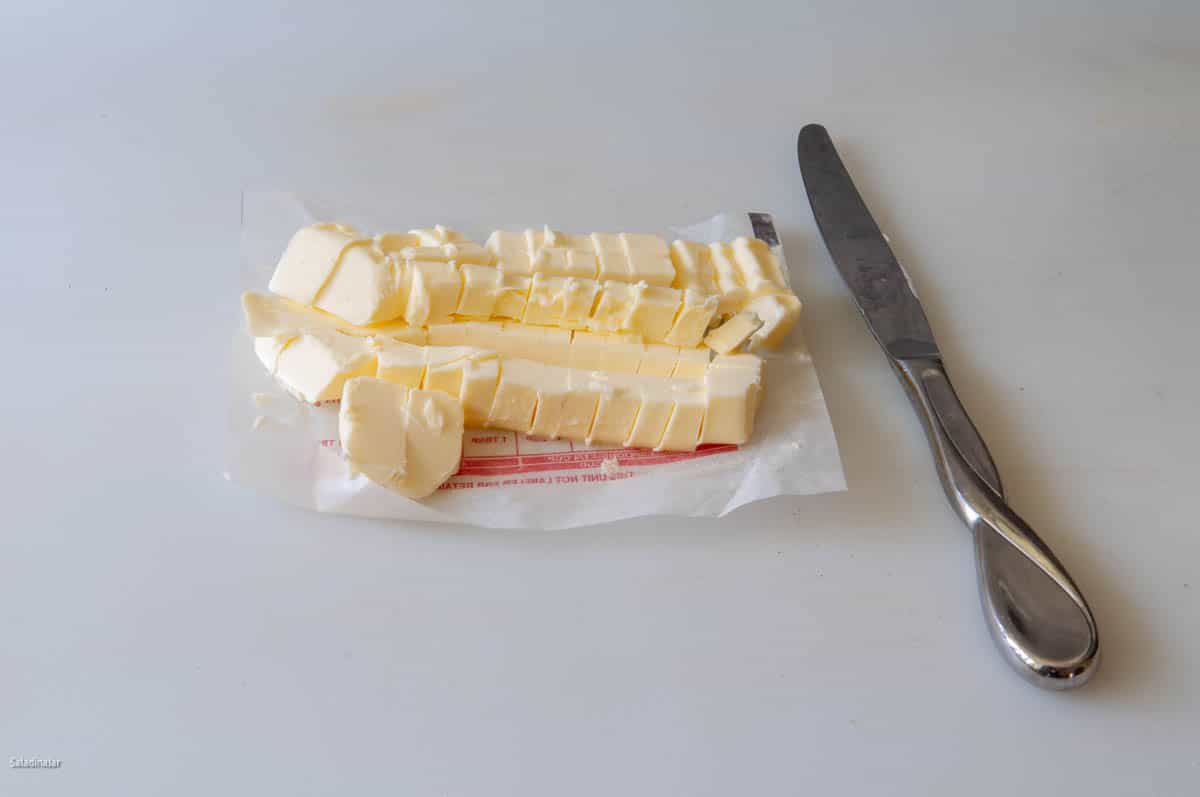Skip the Stick: A Better Way to Add Butter to Bread Machine Dough
|
Salad in a Jar
Check out my previous newsletters below. If you haven't already, sign up for my newsletter!
Dear Friends, When one of my readers asked for a soft, sandwich loaf with wild rice, I headed to the kitchen with a mission. The result is this hearty yet soft loaf with chewy bits of wild rice, nutty whole wheat, a touch of honey, and a pinch of thyme. Let your bread machine do the kneading, then bake in your oven to golden perfection. If you’ve got leftover cooked wild rice in the fridge, this recipe is a great way to use it. And if you brush slices of this loaf with browned butter …well,...
Are you as picky about the texture of your bread as I am? Don’t get me wrong—I love big airy holes in a classic sourdough or ciabatta. But when I’m making sandwich bread or soft dinner rolls, I want a smooth, even crumb. No holes—or worse, tunnels. Nobody wants mayonnaise dripping out of a sandwich or jelly leaking through their toast. Recently, I discovered a slick hack that’s made a big difference in the texture of my sandwich loaves and rolls. Here’s the trick: When the DOUGH cycle...
Hi Friend, Ever wished you could skip the store-bought bagels and make your own chewy, golden beauties at home? Now you can—and yes, your bread machine makes it way easier. In my newest post, I’ll walk you through how to make real bagels: dough mixed and kneaded in your machine, shaped by hand, briefly boiled (for that irresistible crust), and baked to bakery-level glory. I even included a short video showing how to shape and boil the bagels—so don’t worry if your first few look a little...

